Whenever it rains late in the afternoon, my mind would always wonder to the sweet taste of Cendawan Busut (button mushroom); as the rain starts the sequence of an abundance of button mushroom sprouting on the small hills around the house. After the rain stops, in the evening there will be millions of 'kelkatu' in the house; attracted to the lights. We would place dishes of water under the light, as when the 'kelkatu' died due to the heat of the lamp, it will drop into the water dish. If it drop into the water by itself, it would not be able to fly out anymore. These two sequence will normally lead to lots of button mushroom tomorrow morning!
As dawn breaks, me and some friends will then scour the hilly area around our houses looking for these delicious button mushroom. When found, much as to our amazement, we collect them all. By shoving the button (above ground) we could then pull out the button mushroom from the hills. The stem is normally about 1 foot long. Pack them all and take it home for cooking. Kak Ngah normally made them into clear mushroom soup or sometimes into our favourite 'lemak cili api' dish.
Continuous rain also bring about Cendawan Kukur, especially on dead rubber trees fell (making way for replanting) in the rubber plantation. After working in the plantation, we would collect them Cendawan Kukur, take them home and cook them; again; normally into our favourite dish of 'lemak cili api'. These are but two mushrooms that we collect, eat and as far as I only knew. They are now hard to find and expensive, even from the local market. When we grow a little bit older, we then starts to know and eat 'abalone'!
3 years ago
.jpg)
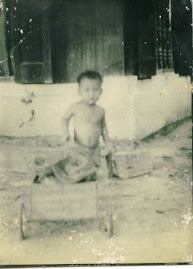.jpg)

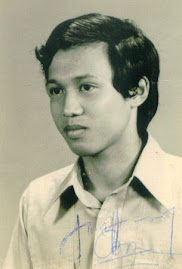.jpg)

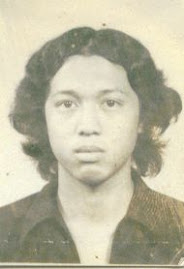.jpg)






















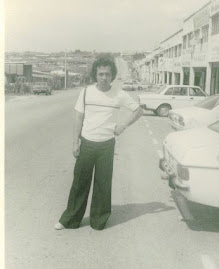.jpg)
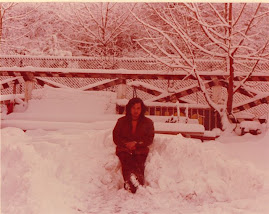.jpg)
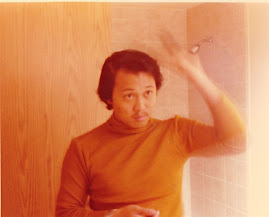.jpg)
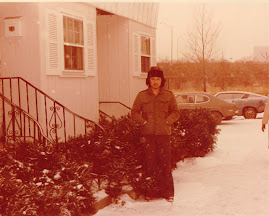.jpg)

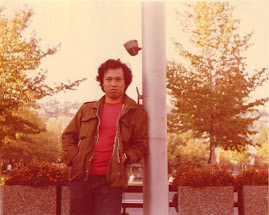.jpg)




























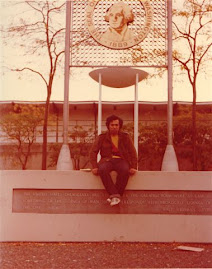.jpg)


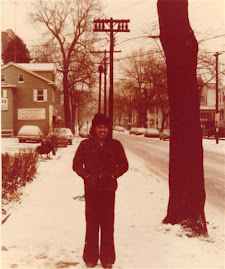.jpg)



